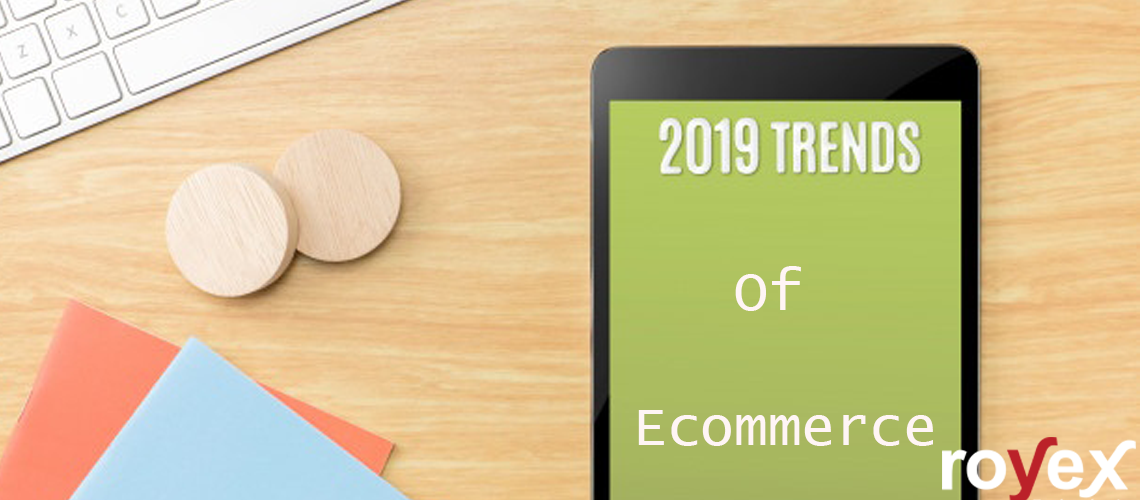
What will be the e-Commerce Trends in 2019?
Each and every companies should watch important marketing trends. Because the way you market your e-Commerce business today may not work tomorrow.
What about something a bit more practical in e-commerce business? Here are ten(10) e-Commerce marketing trends your business should consider in this year.
1. Multi Channel Selling
Today, people are using multiple channels to make their purchases online. In order to grow business as an online merchant, it is necessary to make yourself available across all channels that shoppers use. So aside from having your own website, you should consider using popular channels like eBay, Amazon, Google Shipping and Jet, and also use popular social media platforms like Facebook, Pinterest, and Instagram, which also support direct sales. Instagram recently launched a new feature which allows brands to tag upto five products in a single post.
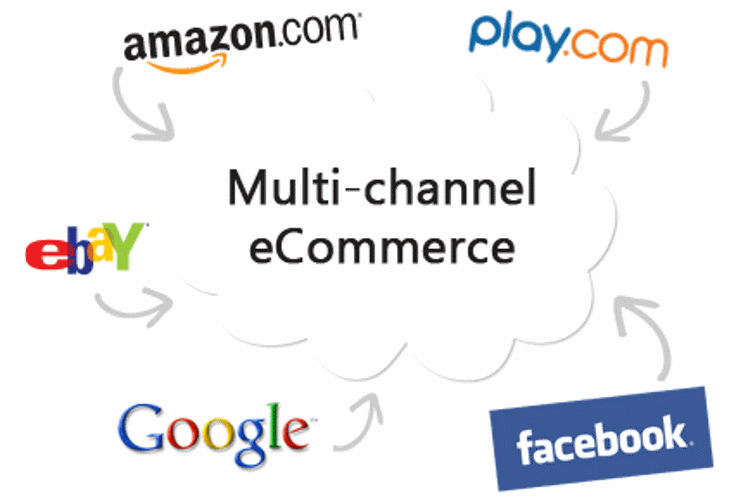
Brands have discovered the need for products to reach the right people, without people having to look out for their products and this can be achieved through focused targeted marketing via social media. Difficult managing of all these channels is one of the main reasons that ecommerce merchant do not want multi channel selling. But today, ecommerce platforms like BigCommerce provide an effective solution to this problem. BigCommerce platform can be used to sync inventory with other channels that customers frequently use, hence allowing seamless inventory integration.
2. Smarter payment processing
This is one main aspect that you must tackle if you are planning to get ahead in the competition in 2019. Customers should be offered smoother checkout process with easy payment option that would ensure quick conversions. Payment process, which is a final step in customer journey, is an important stage that could make or break a conversion. If the experience at the stage of buying your product isn’t smooth and effortless, you could potentially lose your customers.
According to reports, 13% of shoppers would abandon their purchases if there is no provision for local payment. An excellent solution for this would be to consolidate your payments into a single platform. It makes easy for you to manage all your payments regardless of platform and currency. As an example, Payoneer allows you to receive payments in one account, from all top eCommerce marketplace. It is particularly useful if you are planning to expand your business to other countries like US,EU, Japan, Canada, Australia and China, as payment can be accepted from these counties with multiple currency options.
3. Site Performance
Site performance monitoring would become an important marketing task as an extension to SEO and user experience. While page speed is important for SEO, it is even more important aspect for your conversion, UX and general customer experience as people are impatient. Good eCommerce websites would be fast-loading accelerated mobile pages and progressive web apps, as Google’s ranking algorithm favours optimised websites.
Shopper’s that aren’t satisfied with website performance are less likely to buy from same site again. A second delay in page response could lead to 7% reduction in conversion rate. As users demand better online experiences, the importance of optimising website performance would only increase over time.
4. Custom Packaging
Packaging is perceived as part of product by customers. According to Dotcom Distribution reports, 68% of shoppers felt that a brand’s packaging made it more upscale. In addition to this, seeing unique packaging mode made about 61% of shoppers more excited about the product. Hence, there seems to be a growing interest in custom packaging among customers.
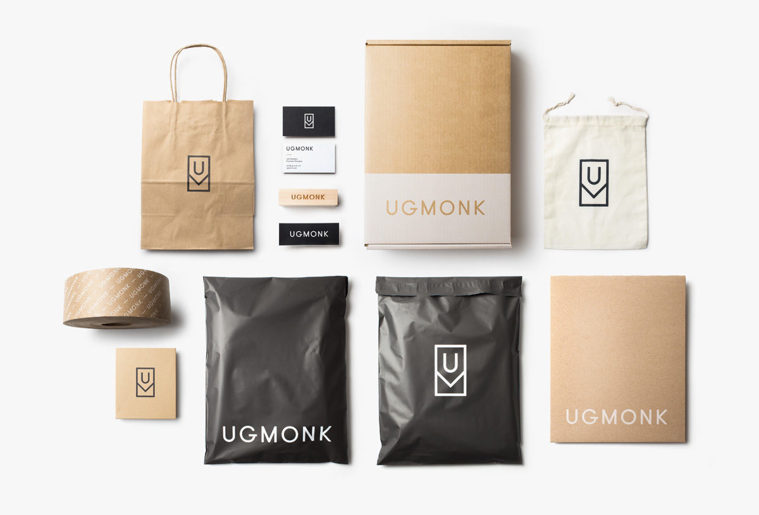
So in order to make your ecommerce business unique in 2019, you should be creating custom packaging to improve recognition of your brand or store. Third party solutions like Packhelp, which offer customized durable packaging make your job easier. Packaging can be easily customized on their web app, with their 3D visualization tool giving you a better idea of how your packaging will look even before your order is placed.
5. Voice Commerce
Users search and interact with devices in new ways after the rise of voice technology, with voice now being used to search and purchase products. According to reports, about 22% of people owning devices like Google Home and Amazon Echo have purchased something through voice search. Optimizing for voice search would include preparing content that would answer different questions, using lists of types, options and so on to read aloud in voice results.
More than 50% of total searches will be voice searched by 2020, according to Comscore. Many people are considering buy something through voice as users could simply ask to purchase something, hence providing much less friction than most checkout experiences. Voice is no longer a thing of future and would only increase in adoption rate.
6. Personalisation
By personalising customer experiences across all channels, there is a huge opportunity for you to get ahead of your competitors. Personalisation for e-Commerce refers to the ways in which online business personally target and appeal to customers. Consumers are more likely to buy from a retailer that recognizes them by name and based on previous purchases, recommend products. AI driven targeting is a great way of doing this.
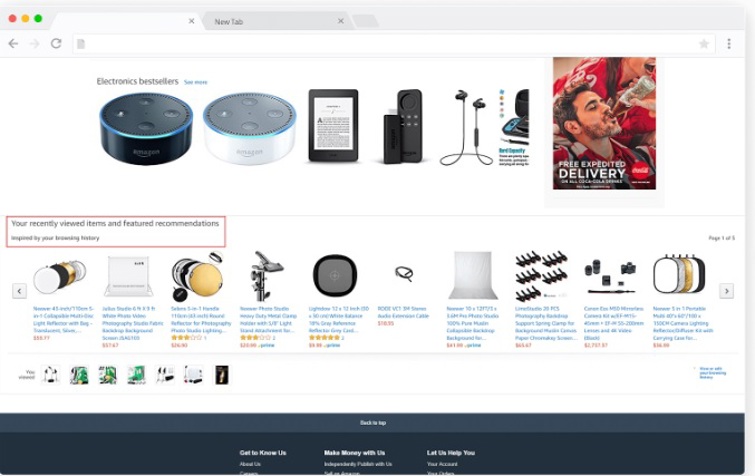
Predictive targeting which helps identify a visitor and match appropriate experience for them, can help optimize customer experience on various channels. Localization is also an important aspect of personalisation where content is specifically altered according to customer’s IP address, as majority of consumers prefer to make purchases on sites priced in their local currency and buy products in their native language.
With the help of dynamic yield, factors like omni-channel personalization, real time messaging and content recommendations can be combined to deliver exceptional customer experience. For example, BILD Shop, an online sports retailer in Germany, integrated data from their tag management platform into Dynamic Yield, and used it to build unique experiences for their customers. A personalisation technology, that responds to customer intent could offer 15% increase in ecommerce profits for brands. We hope to see more personalized stores in near future with integration of AI and Machine Learning.
7. Omni Channel eCommerce
Despite the increase in eCommerce sales, people are still shopping in stores. Omni-Channel is a multi channel approach that serves customers on whatever device, medium and platform they choose. Integrate digital and physical store experiences to create convenient purchase journeys for customers who research online, purchase offline (ROPO). With a crazy combination of mobile device, social media, payment gateways, POS System, and CRM, demonstrates the effect of online campaigns, and ROPO will get more refined in 2019. Omni channel provides consumer with full spectrum of purchase possibilities, whereby it consists of not only managing but integrating multiple channels as one whole marketing machine.
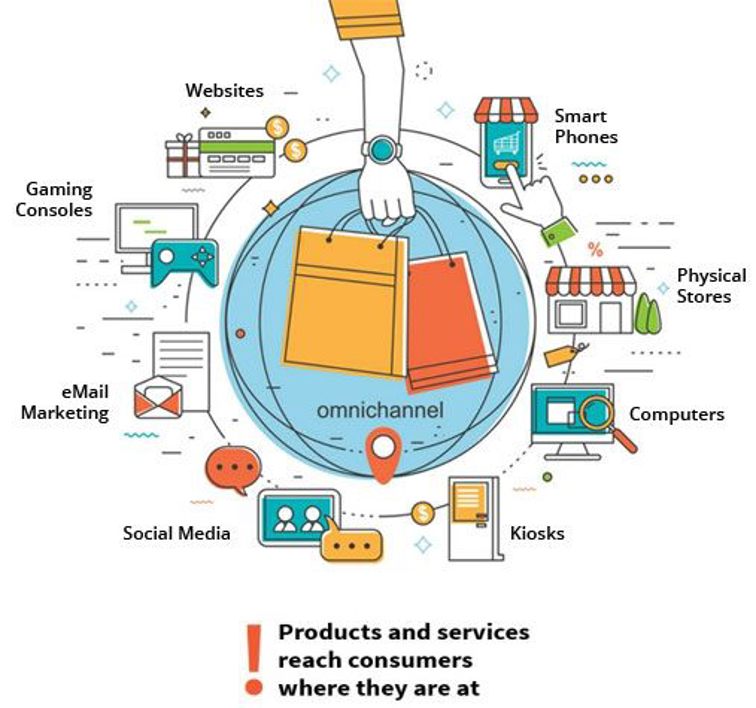
Click and Collect is the most widely accepted example of omni channel eCommerce where other option being to force customer to complete purchase now or forget about them, recognition of your customer’s time and complex buying behaviour using omni-channel would get you a long way ahead. All the ways in which customers could engage with your brand, like physical store, online store, catalog, social media, will have to be coordinated for smooth and seamless user experience.
8. Augmented Reality and Virtual Reality :
Customers purchase something online and then pick it up in a store that’s close to them. With Big Names like Houzz and Ikea are already step ahead in ecommerce and have created AR apps which allows people to test products chosen from store, in simulated rooms close to their real ones at home. These products being true to size, help consumers make better choices. Augmented reality refers to technology that creates a composite view by superimposing a computer generated image on user’s view of the world.
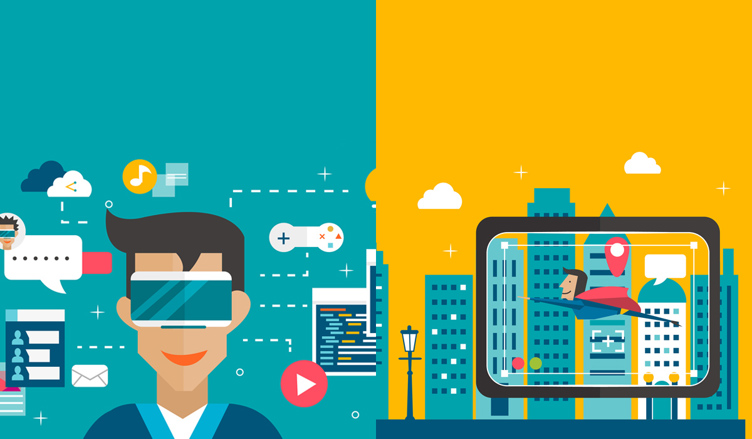
With number of interior apps are doing the same, augmented reality will definitely change user experience. Virtual reality, which is computer generated simulation of an environment, provisions customers to see activities or products in realistic settings. Best Western is one of the companies that is using VR to provide customers with an inside look to their properties.
9. Easier checkouts
Best possible checkout experience should be provided to boost your sales and make sure those high-value customers keep returning. Actual checkout experience was directly related to most common reason for cart abandonment, according to a study in 2017. A single page checkout, autofill fields, using appropriate input fields, unforced registration, allowing users to scan credit cards are some of the options to provide easier and smooth checkout experience.
Digital wallets solutions, like Google Pay, PayPal, that offer a range of easy payment options, could be used to make your customers lives easier. Real time credit card validation could combat the issue of complicated and long checkout process. Address lookup and validation at the time of checkout, could save your customer’s time. Integrating convenient delivery which lets customer decide when and where their online shopping gets delivered, and fast delivery with with same day or next day delivery, would make customers life a lot easier and increase your conversion rates.
10. Chatbots
Chatbots are an artificial intelligence machine learning technology that has conversation with customers and comes up with suggestions. Chatbots deliver the best possible results after asking questions to the customers, thereby creating an interactive environment for the customers. Their primary functions include dealing with routine tasks, predictable inquiries and frequently asked questions. Chatbots can save lot of time for an ecommerce store by screening customer service issues to handle with natural language programming (NLP), before they are sent to human staffers.
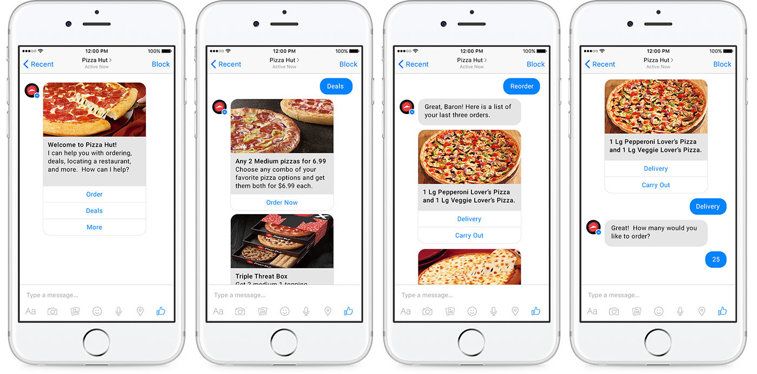
As an example, British Airways utilises Facebook’s bot technology to allow customers to interact with sales. The technology is there to match consumers’ expectations and consumers are willing to talk and buy from businesses, making the conditions ripe for the rise of chatbots. Retailers will have to work with third parties like Living Actor, Botsify to ensure that the chatbots deployed are configured correctly and algorithms are sophisticated enough to improve customer experience, and inaccurate answering is avoided. Some users have complained about the limited abilities of bots to find solutions in real time and answer complex questions. Hence, the tech should improve and develop quickly, or they could be deemed unsuccessful and unwanted by consumers.
Royex is a leading eCommerce Web Design Company Dubai, UAE that can help make your ambitions a reality. Our innovative eCommerce Website Development Dubai will help manage your eCommerce website data in real time from any platform. If you want to develop your own ecommerce website or ecommerce mobileapps, please feel free to ask any of your questions at info@royex.net or contact us +971566027916





